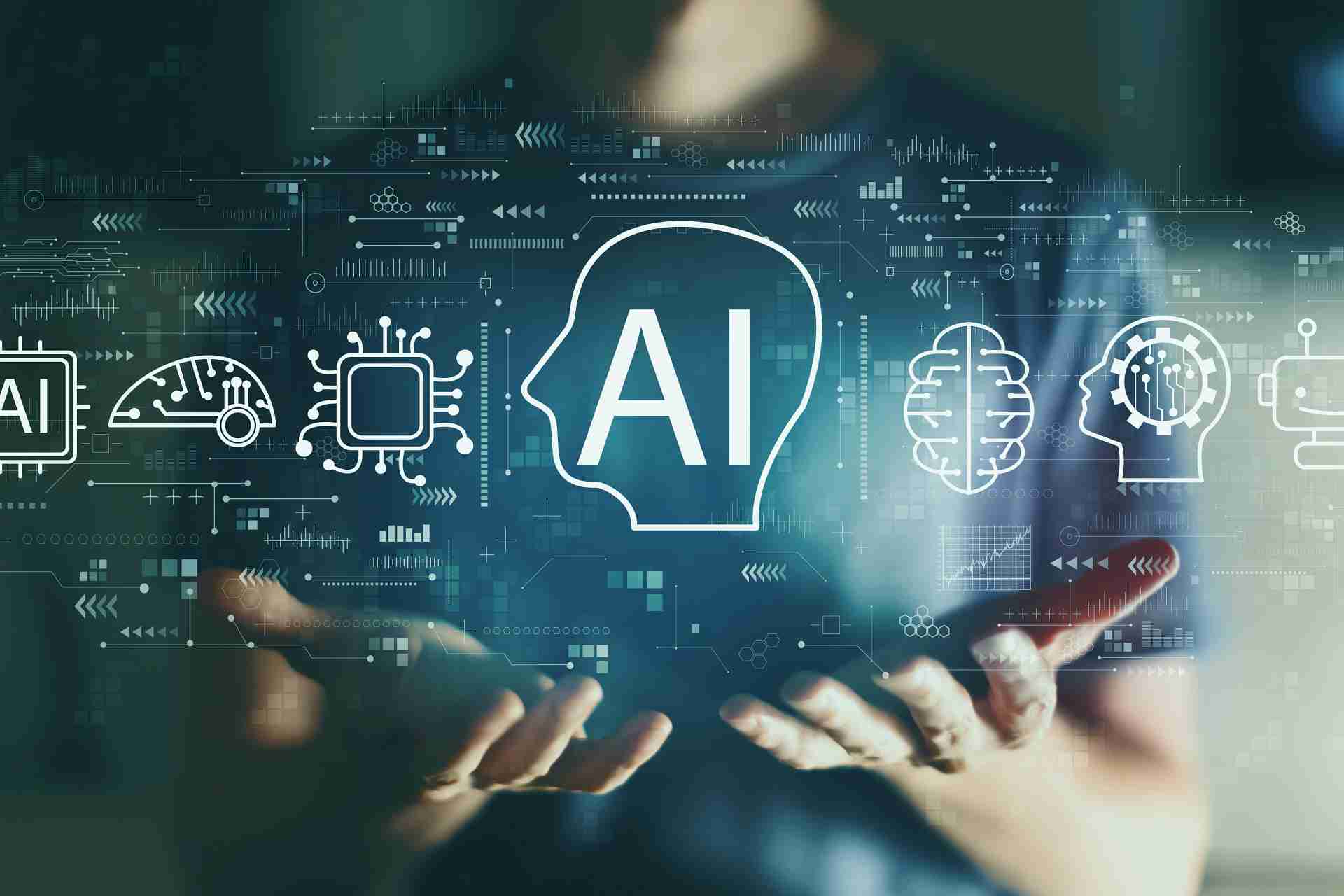An overview on Artificial Intelligence
There are three types of Artificial Intelligence, but let’s start with a general overview on the topic.In the 21st century, no other technology has had a more profound influence than Artificial Intelligence (AI), by continuously reshaping future society, jobs and opportunities. Considered as the most remarkable technological creation of humanity, AI keeps influencing various sides of human life by enhancing efficiency, precision and speed in daily activities.
The revolutionary impact of Artificial Intelligence is undeniable, with countless areas benefiting from its capabilities. A few examples? Just think about intelligent devices like personal smart assistants, the development of autonomous transportation, the advancements in medical tools for healthcare and diagnosis, or still the exciting possibilities of the so-called generative AI for the creative professionals. Thing put this way, AI has not only introduced new opportunities, but has also given rise to new professions and will still make it possible to address critical issues to make progress in fields once exclusive to human intellect; an interesting example regards the management of human resources.
Types of Artificial Intelligence: weak AI and strong AI
But AI is not all the same. Indeed, it’s essential to note that there are different types of Artificial Intelligence, each with its unique features and purposes. The diverse forms and categories of AI vary in terms of complexity, capacity and scope of application.
The first big difference refers to weak AI and strong AI, two types of Artificial Intelligence than divide these technologies into specialized problem solvers (e.g. AI applied to cybersecurity) and improved reproduction of human-like abilities, respectively.
This differentiation also addresses a very fascinating factor, that is the multidisciplinary research on AI: in fact, now studies about Artificial Intelligence equally involve STEM disciplines (Science, Technology, Engineering, Mathematics) and Humanities (Reasoning, Philosophy, Languages, etc.), as it’s no longer only a question of building performing algorithms with specific specialized and automated skills, but experts aim to develop an AI model able to deal with humans on the same level by sharing the same capabilities. To best achieve this goal, it’s now a must to train some key soft skills.
ANI, AGI and ASI: the three main types of Artificial Intelligence
So, there are three main types of Artificial Intelligence classified on their own features, practical uses, applications and limits: they are ANI (Artificial Narrow Intelligence), AGI (Artificial General Intelligence) and ASI (Artificial Super Intelligence).
What distinguishes them from each other is their ability to emulate human characteristics and the technologies they use to do so. Let’s see in detail what characterizes each category of Artificial Intelligence:
- Artificial Narrow Intelligence, also known as Narrow AI or Weak AI, it is a type of Artificial Intelligence specialized and designed to perform specific tasks efficiently, but lacks the ability to operate outside its scope of expertise. ANI are commonly used in a variety of applications, such as speech recognition, image recognition, recommendation systems, algorithmic trading and search engines. These systems are designed to automate their specific tasks with improved efficiency, speed and accuracy; however, ANI is a limited type of Artificial Intelligence that cannot independently adapt to tasks other than those for which it was designed for;
- Artificial General Intelligence, also known as Strong AI, is the key stage in the evolution of AI enabling machines to have the ability to think and make decisions just like us humans. So, AGI aims to create devices and systems capable of performing multifunctional tasks and acting equally to humans in daily life activities, even the more complex ones. Proper examples of this type of Artificial Intelligence could be some already existing technologies such as supercomputers and generative AI models like ChatGPT;
- Artificial Super Intelligence, the futuristic stage of AI in which the capabilities of computers will overtake human comprehension and possibilities. It is still a theoretical concept though, relating to a highly advanced and superior type Artificial Intelligence that could easily replace humans as the dominant form of intelligence in the world. ASI represents the highest level of Artificial Intelligence possible and is often described as an entity capable of significantly exceeding natural human intelligence in all cognitive spheres, including complex problem solving, learning, understanding language, creativity and much more. Currently ASI is still a distant prospect that is only represented as a cliché in science fiction films, books and videogames.
Anyway, as the digital transformation unfolds and technological research advances, this potential future step of the AI development could not be just a dream anymore. It will probably take decades, perhaps even one more century, but the path towards Artificial Super Intelligence is not starting from scratch and we’re excited to witness how the visionary perspective of our age will turn into reality, making us all the characters of those sci-fi products that we love to entertain with.








